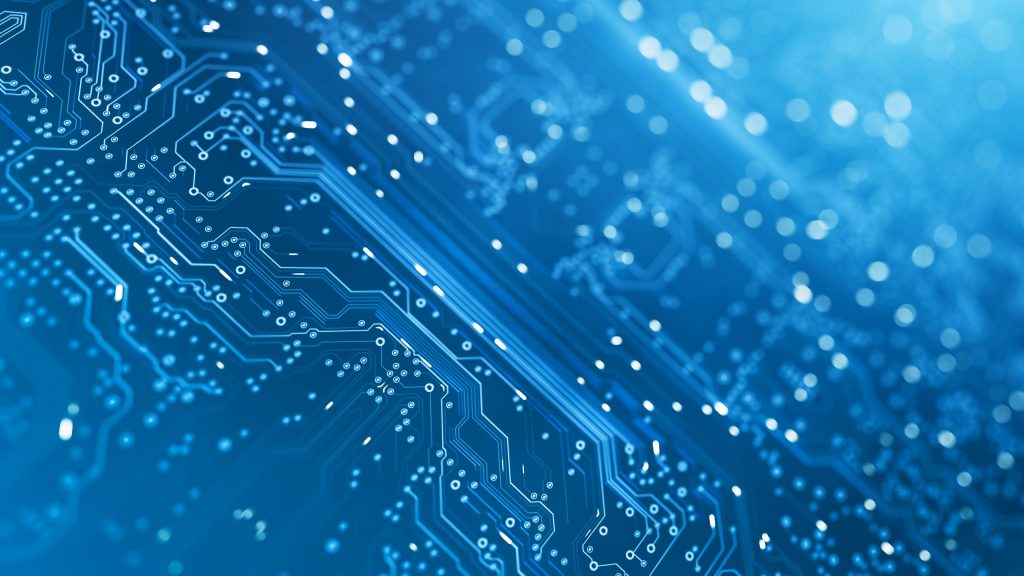Calgary grad working on software to protect phone user’s privacy

Posted Oct 8, 2022 4:21 pm.
University of Calgary (UofC) grad of computer science Emmanuel Onu is developing a “privacy assistant” tool to protect people’s privacy while using mobile phones.
The university says there are billions of hidden devices – “Internet of Things” (IoT) – gathering our data. IoT devices may be found in “smart” buildings, offices, our homes, smart watches and more.
“The unfortunate situation about the IoT is that people gradually surrender their privacy without realizing it, because they’re unaware of the data being collected or how this data is used,” said Onu.
Onu’s research aims to give people control over the use of the data collected by IoT.
“What the data collectors are doing now is essentially depriving users of that control. And we are interested in giving users control over their data,” he said.
UofC says Calgarians had their share of privacy issues in 2018 when “a visitor to Chinook Centre spotted a browser window on one of the mall’s electronic directories, exposing a facial-recognition application running in the background.”
The aim of the device was to count and predict the number, age, and gender of visitors. The privacy commissioner of Alberta’s investigation shows this was a breach of privacy laws.
Meanwhile, Cadillac Fairview, the Chinook Centre operator, said after the investigation they disabled the software and deleted its data.
Onu says privacy issues are not included in IoT’s priorities when they are built.
“My research is based on privacy-by-design, where we design buildings that consider the privacy of people who reside in them or use them,” he said.
How to balance the use of IoTs and privacy?
Onu says there should be four key elements to ensure the balance between IoT and privacy.
- Privacy awareness includes informing people of IoT devices, data collected, who’s collecting it, and what it’s used for.
- Privacy recommendation includes a decision system to help people make rational decisions about their privacy.
- Privacy contract negotiation allows people and the users of IoT to reach an agreement about how the data is going to be used.
- And finally privacy preference that allows people to choose their privacy preferences.
Onu adds a privacy-preserving smart environment requires some IT infrastructure, giving users the opportunity to communicate with the smart environment.
His research mainly includes developing a personalized “privacy assistant” tool that can be installed on cellphones to mediate the relationship between IoT and people’s privacy.
Onu also adds that although IoT can offer some services, such as security, remote monitoring, and energy management, people want “to be provided this service in a manner that doesn’t affect their privacy in a malicious way.”
READ MORE:
-
‘Students cannot live on ramen alone’: UCalgary club addresses food insecurity
-
Video games a solution for ADHD learning difficulties: UofC researchers
-
Transforming Downtown Calgary from vacant to vibrant
To test the privacy recommendation aspect of of his “prototype system”, he obtained a dataset from a research group in the U.S., which gave him “good results” throughout his research.
He says now there is a need for more research on the negotiation part that includes how data will be used and more enhancements of the software before being ready to be installed on phones in the real world.
He estimates the system will be ready for use in a year.
Dr. Ken Barker, part of the Institute for Security, Privacy and Information Assurance, a multidisciplinary research centre under the umbrella of the Faculty of Science, says people might find it overwhelming to protect their privacy from IoT environment.
“Dr. Onu’s research will allow for personal preferences to be placed into the digital assistant, which will then communicate those preferences to each device encountered,” Barker said. “This work has the potential to allow all of us to safely benefit from the promises of an IoT-connected world, while ensuring that each of us can define what we individually want to keep private.”
For his PhD, Onu worked under the supervision of Dr. Barker and he continues help him as a research associate to develop the privacy assistant system.








